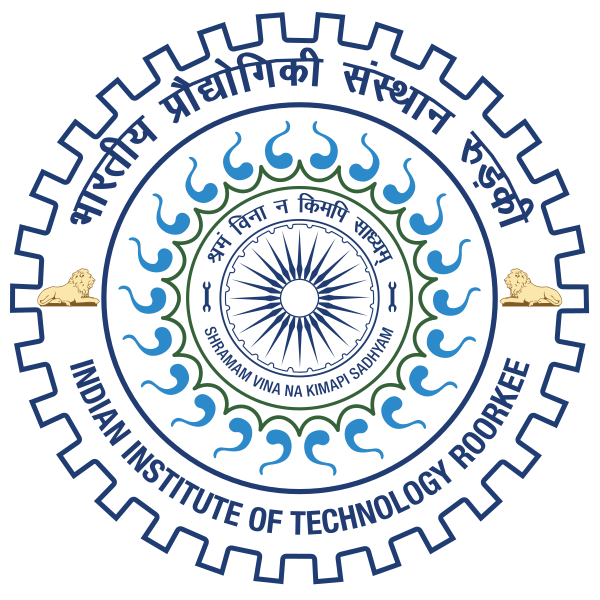Please use this identifier to cite or link to this item:
http://localhost:8081/jspui/handle/123456789/9855Full metadata record
| DC Field | Value | Language |
|---|---|---|
| dc.contributor.author | Ahmad, Md. Sohail | - |
| dc.date.accessioned | 2014-11-20T12:30:12Z | - |
| dc.date.available | 2014-11-20T12:30:12Z | - |
| dc.date.issued | 2004 | - |
| dc.identifier | M.Tech | en_US |
| dc.identifier.uri | http://hdl.handle.net/123456789/9855 | - |
| dc.guide | Garg, Kum Kum | - |
| dc.description.abstract | Ad hoc networking is a concept of computer communications, which means that users wanting to communicate with each other form a temporary network, without any form of centralized administration. Each node participating in the network acts both as host and a router and must therefore be willing to forward packets for other nodes. By definition, the topology of ad hoc networks changes dynamically and is fully centralized. Hence security is hard to achieve due to the dynamic nature of the relationships between the participating nodes as well as the vulnerabilities and limitations of the wireless transmissions medium. Since there is an interest in providing communication between not only mobile devices in an ad hoc network, but also between a mobile device in an ad hoc network and a fixed device in a fixed network(e.g. the Internet), the existing ad hoc routing protocols like AODV, DSR, DSDV etc. need to be modified. In this dissertation we have simulated a MANET using NS2 and developed a modified version of AODV protocol which allows mobile nodes to communicate with fixed nodes. Two approaches have been implemented for gateway discovery and compared on the basis of delivery ratio and end-to-end delay. Further, a module has been developed and integrated with this AODV protocol so that each mobile node is able to make itself secure from malicious nodes. We have shown that this helps to enhance the delivery ratio of the network. The biggest advantage of this security scheme is that it performs equally well even if the number of malicious nodes increases. The system runs on a'Pentium IV, 2.00 GHz machine with 256 MB of RAM. Languages used for code development are C++ and OTci | en_US |
| dc.language.iso | en | en_US |
| dc.subject | ELECTRONICS AND COMPUTER ENGINEERING | en_US |
| dc.subject | SECURE-EXTENDED ROUTING PROTOCOL | en_US |
| dc.subject | IMPLEMENTATION-EXTENDED ROUTING PROTOCOL | en_US |
| dc.subject | MANETS-NS2 | en_US |
| dc.title | IMPLEMENTATION OF SECURE AND EXTENDED ROUTING PROTOCOL FOR MANETS USING NS2 | en_US |
| dc.type | M.Tech Dessertation | en_US |
| dc.accession.number | G11862 | en_US |
| Appears in Collections: | MASTERS' THESES (E & C) | |
Files in This Item:
| File | Description | Size | Format | |
|---|---|---|---|---|
| ECDG11862.pdf | 7.57 MB | Adobe PDF | View/Open |
Items in DSpace are protected by copyright, with all rights reserved, unless otherwise indicated.

